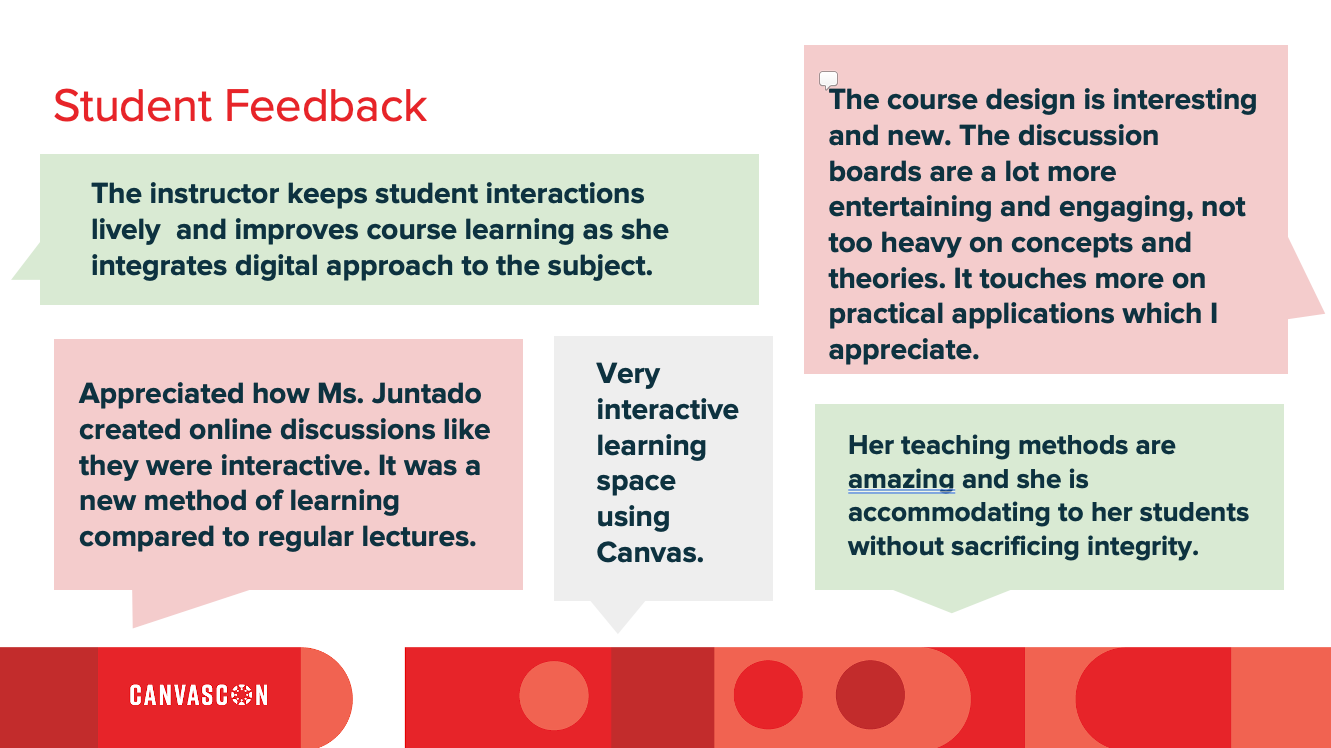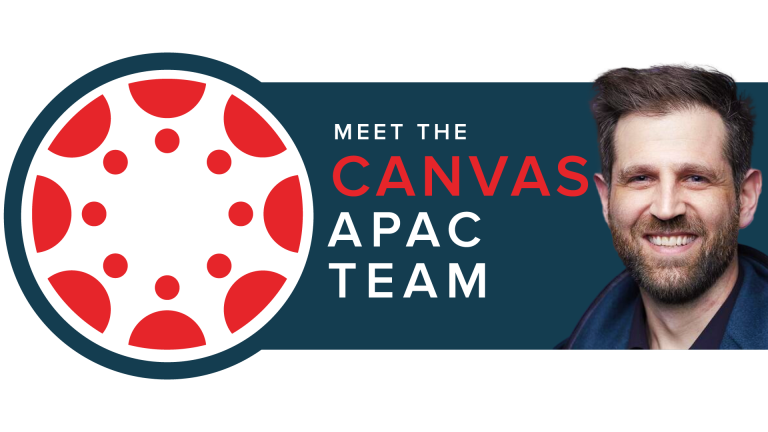
The 2023 UNESCO Report on Global Education showed a fascinating trend: digital tools are helping teachers and students access learning materials more easily than ever.
This is especially true in the Philippines, where educators are turning to technology to address the ongoing challenges in the education system.
We now see how Learning Management Systems (LMS) like Canvas are playing a critical role in this shift. With Canvas, educators have access to an easy-to-use ecosystem where they can create, share, and manage their lessons and resources more efficiently.
At CanvasCon 2024, three innovative Filipino educators shared how they’ve been using Canvas LMS to transform their classrooms and institutions.
Using analytics for smarter decisions
Let’s start with Jose Mari Carpena, Quality Assurance Section Head, De La Salle University. In his talk, he shared his thoughts on why data literacy is so important in education. He pointed out that beyond the basic features of Canvas, there’s a wealth of data that can help teachers make more informed decisions in their classrooms.
"When we look at the data and we just look at it there, it's wasted," Carpena said.
"Data can tell us about a lot of things about our students, about our teaching and learning practices, and even about our usage of Canvas and how we can improve it."
Carpena explained that the real challenge isn’t just collecting data, but using it to uncover valuable insights that can truly impact teaching. He demonstrated how Canvas analytics helped him spot trends that traditional grading systems often miss. He even collaborated with fellow teachers to get their perspectives on the data.
For instance, Carpena noticed that when assignments were scheduled too close together, students tend to struggle, which leads to lower grades. When he suggested to instructors that they give students more time between assignment deadlines, grades began improving.
This hands-on approach to data helped Carpena rethink the school's course structure to better meet students’ needs. He encourages other teachers to do the same—dig into the numbers, try new things, and see what patterns can help improve teaching in real ways.
Gamification for improved student engagement
With the short attention span of students these days, how can you make learning interesting as an educator?
Dominique Juntado of De La Salle University takes a unique approach to solving this by reimagining Canvas as an adventure game interface.To make this possible, Juntado asks:
"What will happen if we will actually take the process which is latent in the way we read these different kinds of medium, and we mix it with the integrity that goes into the class facilitation that we do?"
The result is a course that feels more like an interactive game than a typical online class. Here they are not ticking off tasks but completing quests and solving puzzles, all while staying aligned with learning objectives.
What used to be routine tasks, like checking the syllabus or submitting assignments, now feel like part of an engaging game.
Juntado’s design includes some fun elements like:
- A splash screen and menu constructed from sprites on a Canvas page
- Non-playable characters (NPCs) that facilitate discussions and provide guidance
- A game map that organizes course content into specific virtual locations
- Interactive PDFs with embedded quizzes and branching conversations

The result is an approach that not only boosts student engagement but also strengthens critical thinking and problem-solving skills. Juntado shared that the design challenges students to follow instructions carefully and improve their reading comprehension, essential skills necessary for tackling more complex material later on.
Innovating faculty development
Lastly, Michael Pajanil from CIIT College of Arts and Technology highlights a critical part of education: getting instructors comfortable with new technologies and teaching methods. He observed that with many faculty members coming from different industry backgrounds, there’s often a gap when it comes to teaching skills and course design.
Pajanil's strategy focuses on three main areas: systems, processes, and culture. He uses tools like Canvas, Google Workspace, and Slack to create a complete support system for faculty development. A custom-built dashboard acts as a one-stop shop for key resources and announcements.
For onboarding new faculty, he includes:
- Online and on-site orientations
- Welcome kits with easy, step-by-step tutorials
- A self-paced Canvas course for those who prefer to learn on their own time
To keep everyone up to date, Pajanil offers regular EdTech training sessions, one-on-one tutorials, and automated feedback systems. But perhaps his biggest focus is on building a culture where continuous learning and tech adoption are the norm.
"You have to invest in people," Pajanil stressed. "Invest in the people, and they will drive your organization forward."
These creative approaches show just how much Canvas LMS can change the way classrooms in the Philippines work.
As education continues to change, it’s clear that edtech will play a bigger, more prominent role. But the real key to success lies in the hands of teachers who are open to trying new tools and teaching methods.
Educators like Carpena, Juntado, and Pajanil show us what’s possible when innovation meets education, setting an inspiring example for others.
Now it’s your turn! As an educator, what innovative strategy will you bring to make a difference in your learning community?
Watch all the CanvasCon Philippines 2024 sessions on-demand here.
Related Content
 philippines_ched_cmo.png
philippines_ched_cmo.pngBlogs
 meet-canvas-apac-team-avi.png
meet-canvas-apac-team-avi.pngBlogs
 mom_and_baby_with_laptop_2.jpg
mom_and_baby_with_laptop_2.jpgBlogs